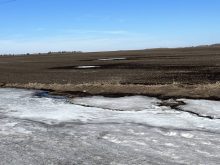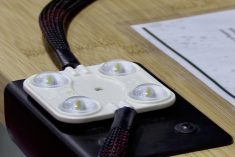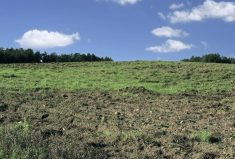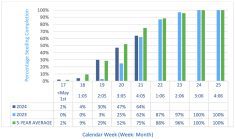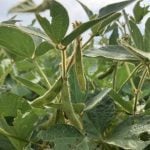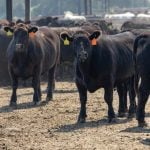Seeding isn’t over, if Ducks Unlimited Canada has any say.
The organization is promoting a dormant seeding program to boost 2024 forage production and make the most of marginal land.
“We’re targeting the areas that farmers have identified as not being the most economically suited to grain cropping,” said DUC forage specialist Charlotte Crawley. “We’re talking kochia-infested areas, foxtail-infested areas or, in the worst-case scenario, areas that are showing actual surface salts present.”
Read Also
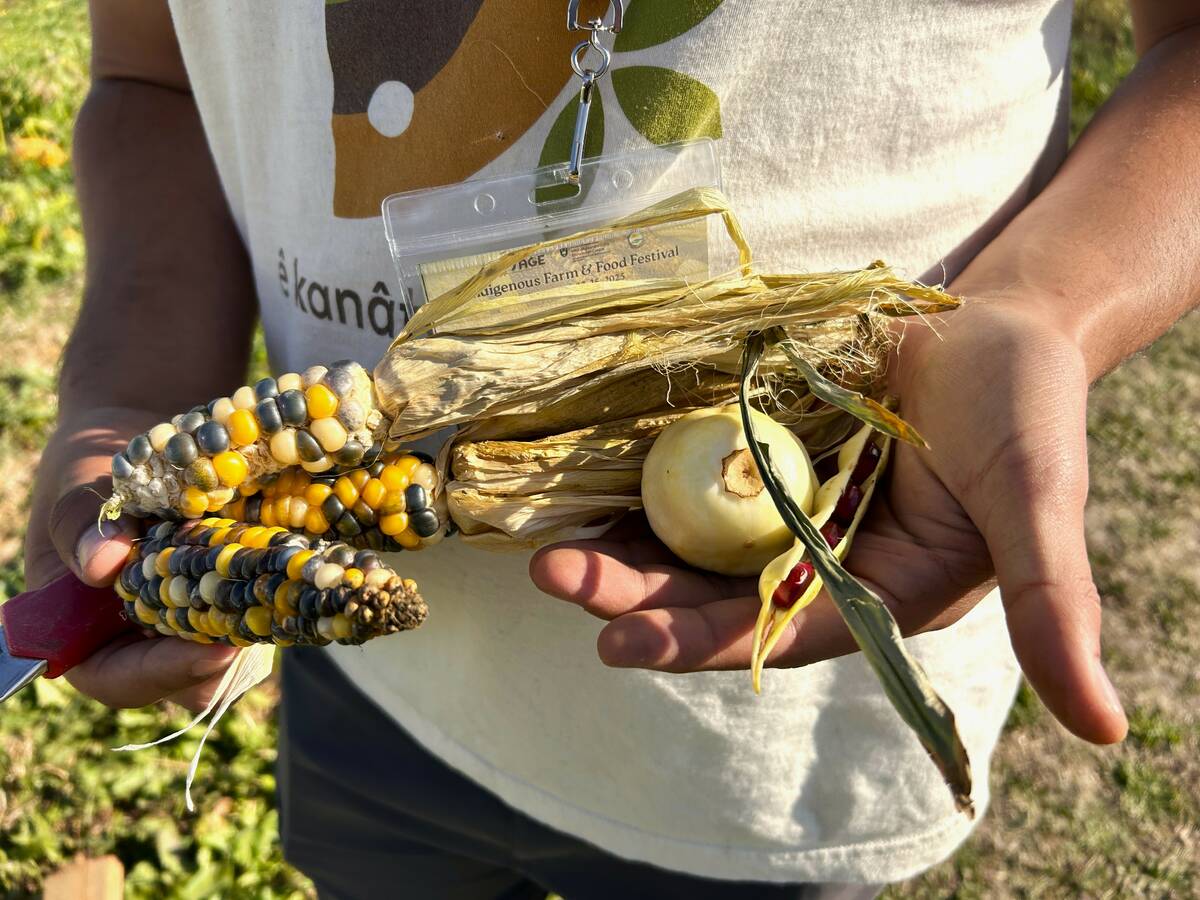
Regenerative practices meet Indigenous knowledge on the Prairies
What do traditional Indigenous agricultural practices and regenerative agriculture have in common? Quite a lot it turns out.
Why it matters: Dormant seeding of forages on marginal cropland is being pitched for its land-use efficiency, but the practice is a hard sell in Western Canada.
Dormant seeding doesn’t have a lot of supporters in Western Canada, thanks to the short and already busy shoulder season. But Crawley thinks there’s an argument for the practice, given the logistical seeding constraints.
“Spring seeding is always the best; you just can’t beat that for timing,” she said. “If you can get your forage in around the May long weekend, that’s the most ideal timing for seeding forage.”
That ideal doesn’t always match the possible. Many marginal areas are around sloughs or in patches that tend to flood in the spring, she added, making May seeding impossible. Those same areas are typically drier in fall and easier to access.
“It just depends on your timing. If you’re running up against it and you’re not able to go and get your forage in and you’re into that second week of June, you might want to rethink that and plan for a dormant seed,” said Crawley. “That’s where it could be a really good fit.”
Defining marginal
The definition of a marginal area will differ from farmer to farmer, Crawley said.
“It can be anything that you deem marginal. So, it could be compacted field edges or weird little inaccessible fingers that you can’t get to where you only get a crop off once every four or five years.”
The program offers producers $200 per acre to seed forages in underperforming crop areas and can provide custom seed blends meant to maximize the chance of establishment. Provisions are also laid out for agronomic support.
“We recommend direct seeding into stubble, and a seed drill is always the best option to ensure optimal seed-to-soil contact,” said Crawley.

“Forages should be planted no deeper than one-half inch to three-quarters of an inch. If the soil is heavily worked, broadcast seed to prevent seeding too deep and follow up with a harrowing pass.”
A higher-than-normal seeding rate is also recommended. Crawley suggested 15 to 20 pounds per acre.
“Seeding heavy is cheap insurance on a good establishment,” she said. “And resist the urge to only seed the bare patches. Make a pass or two where you have some stubble in the moderately saline areas to ensure plants establish. This will keep the salinity from spreading further into your crop, and, over time, the forage will fill in the bare spots.”
Closing fast
The window for dormant seeding is closing quickly now that snow is on the ground, but Crawley said it may not be shut yet.
“In most years, we are seeding in the snow when we do our dormant seeding, just because the window closes so quickly,” she said. “It sort of depends what the weather does.”
As long as the ground isn’t completely frozen, Crawley said options should be available.
“As long as you can get seed-to-soil contact, whether it’s through broadcasting or with a drill or whatever kind of seeding equipment you might have, you can get success,” she said.
Zach Koscielny runs a mixed cow-calf and organic grain operation near Strathclair, Man. He signed up for the DUC dormant seeding program last year.
“I was just out there with the DUC rep before the snow,” he said. “I just hadn’t looked closely all summer, but the rep came out for something else, and he thought we should go check out that spot. So we had a quick look, and it looks like it’s coming up.”
Koscielny said he was encouraged to see the new growth and happy with support from DUC.
“It’s a good program,” he said. “We’ve all probably got some of these acres that aren’t producing that well. Through this program, it makes it pretty affordable to get a hold of what is some pretty good seed, in my opinion.
“I would hope that, by next fall, we could at least run the cows over it quick and knock the biomass down and see what comes up.”
Crawley praised Koscielny’s patience, especially if the area being reclaimed is saline.
“Saline plantings are a long game,” she said. “There’s a pretty good chance you’re going to seed it the first time, and then you’re probably going to have to go back in maybe the fall of year two and do some touch-ups.”
That is especially true in areas where salt is crusting on the surface.
“It can take two to three years to see enough ground cover to make a difference,” Crawley said. “Don’t be too quick to pass judgment. It may look like nothing well into year two before you actually see some sort of improvement.”
Despite the challenges, Crawley maintained it is possible to reclaim these acres and it is worth the effort.
“It will help to keep your weeds at bay and will help to ensure that you have 100 per cent yield capability right to the edge of that forage, instead of a big strip where you’re only getting a percentage of what’s possible.”





